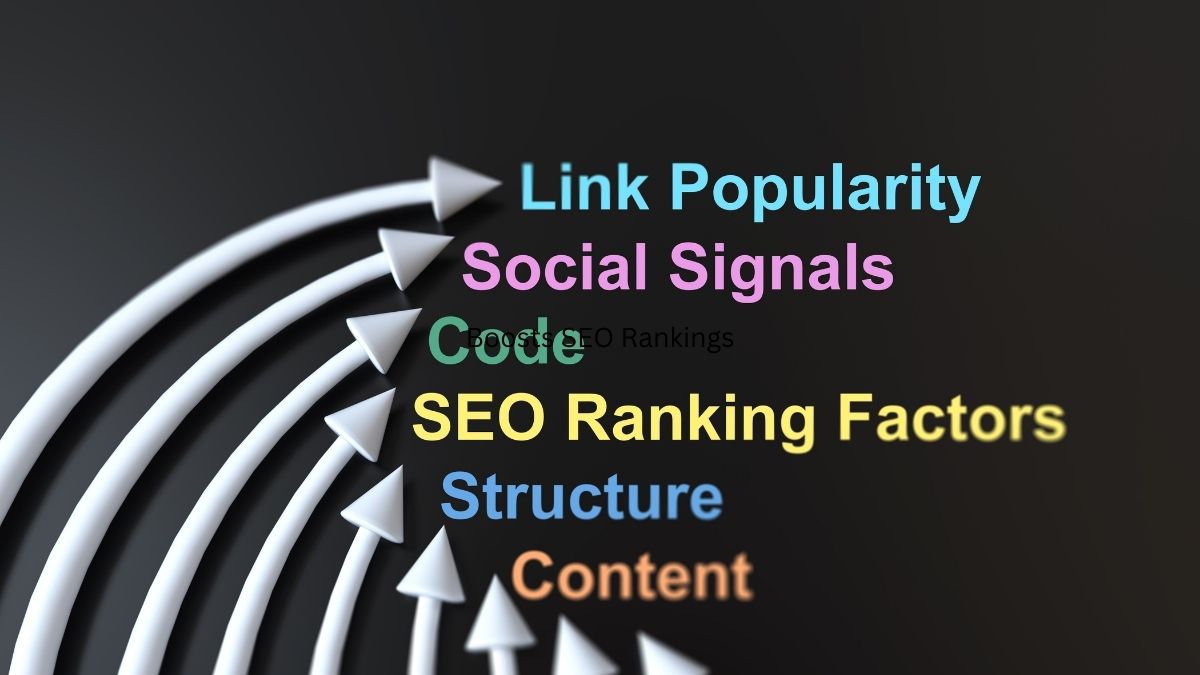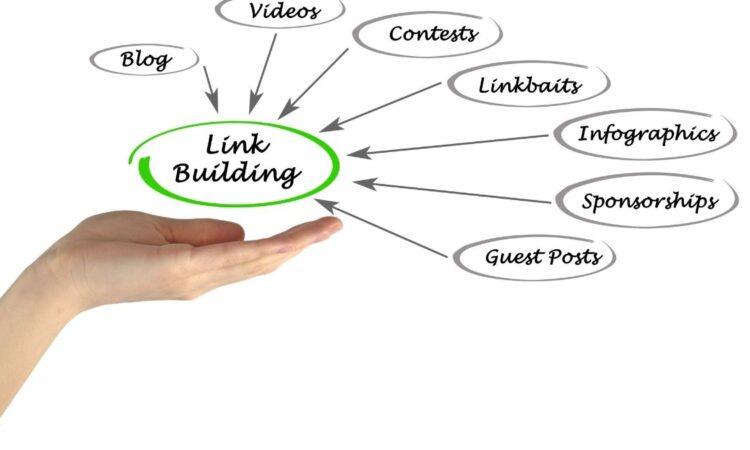Power of Internal Linking
Best Power of Internal Linking Every blogger and website owner strives to create captivating and informative articles that engage readers. Among the myriad strategies at their disposal, one often overlooked yet incredibly effective technique is internal linking. This article delves into the art of internal linking, unveiling its benefits, techniques, and how it SEO rankings.
The power of Internal linking, often seen as a minor component of content creation, holds substantial potential to reshape how your website performs
What is Internal Linking?
In simple terms, internal linking involves establishing a pathway for users to navigate through different pages of your site seamlessly. This encourages users to explore your content more and aids the website.

Enhances User Experience
Internal links act as a roadmap, guiding users to related content they find interesting or helpful. Easy access to additional information creates
Spreads Link Equity
Each time a page on your website receives an external backlink, it gains authority. You can distribute this “link juice” to other pages through internal linking, boosting their credibility and visibility in search results.
Boosts SEO Rankings
Well-planned internal linking helps search engines discover and index your content more efficiently, potentially leading to higher rankings.

Use Descriptive Anchor Texts
Anchor texts should be descriptive and relevant to the content they’re linking
Prioritize Relevance
Link related content to each other to create a coherent user journey. This helps users find more valuable information and signals to search engines the thematic relevance of your content.
Mind Your Website’s Structure
Organize your website’s structure logically. Categorize content into sections and ensure each page is accessible within a few clicks. A well-structured site enhances user experience and makes internal linking more effective.
Leverage Cornerstone Content
Identify cornerstone content—comprehensive, authoritative articles on critical topics—and link to these cornerstone pieces from other relevant articles to establish them as pillars of information.
Creating a Linking Ecosystem
Internal and external linking work together. With indexing, external links from reputable sources validate your content’s credibility.
Overcoming Common Internal Linking Mistakes
Avoid overloading your content with internal links.
Ignoring Orphaned Pages
Orphaned pages, those without any internal links, can linked appropriately.
Analyzing User Behavior
Click-through rates and pages per session. Analyzing these metrics can help gauge how effectively your internal links guide users through your content.
Voice Search Optimization
Optimize your content for voice search by structuring it in a question-and-answer format. This can lead to more featured snippets and increased visibility.
Conclusion
Incorporating a thoughtful internal linking strategy goes beyond improving navigation; it’s a potent tool for enhancing user experience and boosting SEO efforts. By guiding visitors through related content and distributing link equity, you can create a robust digital ecosystem that benefits your audience and your website’s search engine rankings.
